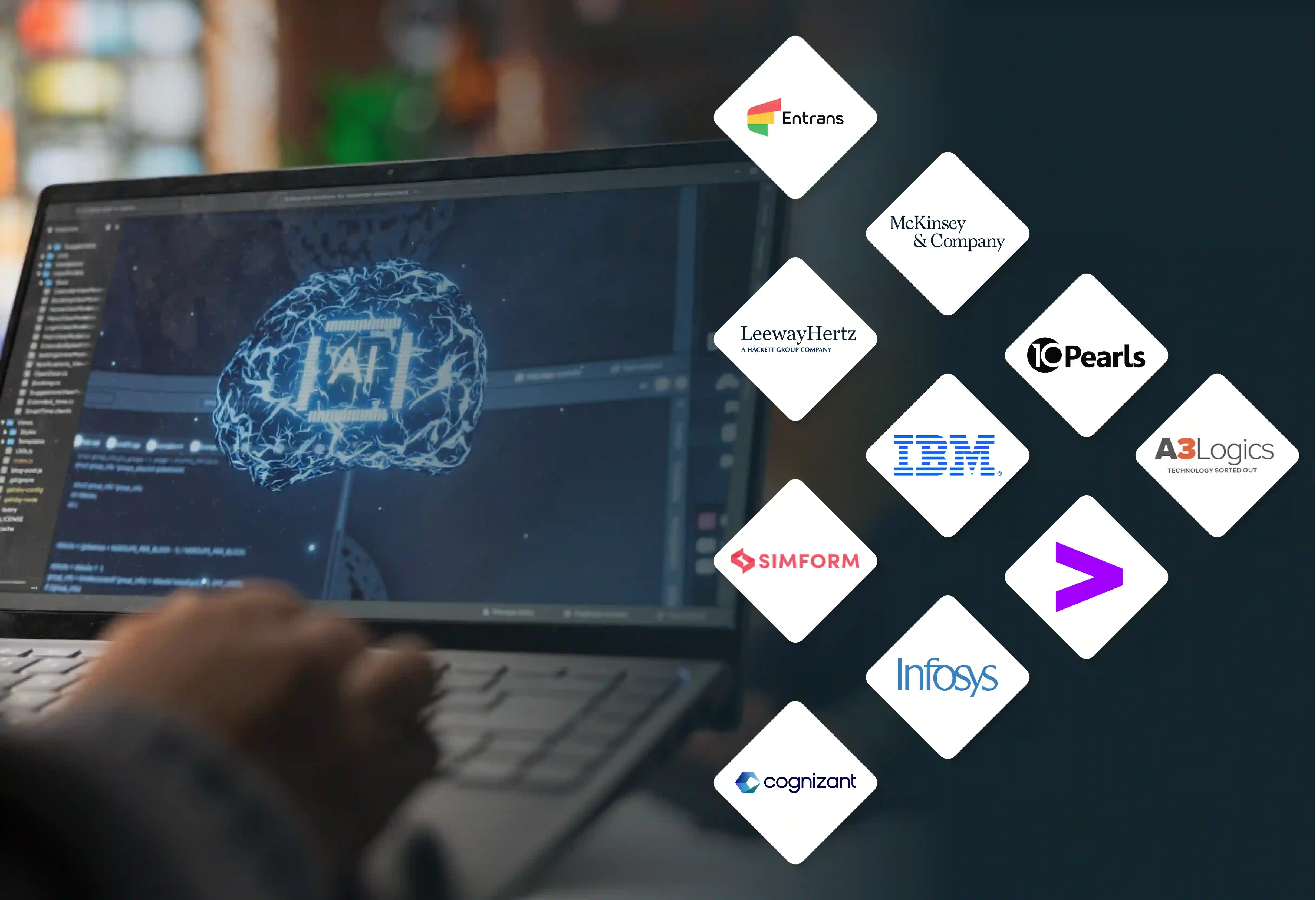Introduction: Why Healthcare Modernization Matters
Healthcare sits at the intersection of life, regulation, and technology. Yet despite its critical role, the industry continues to be weighed down by outdated IT systems, fragmented patient records, and manual processes.
The consequences are real. Patients face frustrating onboarding experiences, providers lose valuable time navigating disconnected platforms, and insurers struggle to meet compliance demands. At the same time, new entrants — from digital-native startups to big tech firms — are redefining expectations for speed, transparency, and personalized care.
Modernization in healthcare is no longer an operational upgrade. It is the key to building patient-centric digital ecosystems that enable interoperability, improve outcomes, and strengthen trust.
Challenges of Legacy Healthcare IT Systems
Many healthcare organizations still rely on EMRs, claims systems, and lab databases that were never designed to work together. These silos create multiple challenges:
- Fragmented patient data: A single patient’s medical history is often scattered across different systems, making it difficult to deliver holistic care.
- Regulatory pressure: Frameworks such as HIPAA, HITECH, and GDPR require secure, real-time reporting that legacy systems cannot support easily.
- Operational inefficiency: Manual data entry, paper-based workflows, and lack of automation slow down clinical and administrative processes.
- Limited scalability: On-premise systems cannot easily adapt to surges in demand, such as during public health crises.
- Rising patient expectations: Consumers accustomed to digital-first experiences in banking or retail expect the same in healthcare.
Core Modernization in Healthcare: Reinventing EMRs and Platforms
At the heart of healthcare modernization is the transformation of core platforms such as EMRs and claims processing systems. Modern approaches involve:
- Migrating from on-premise to cloud-native platforms for scalability and resilience.
- Using modular architectures that support incremental upgrades instead of disruptive overhauls.
- Leveraging API-driven interoperability to allow providers, payers, and labs to share data securely.
- Applying real-time analytics to support faster clinical decision-making.
Data Modernization: Building a 360-Degree Patient View
Healthcare generates some of the most complex and sensitive data in the world. Modernization efforts focus on:
- Consolidating structured and unstructured data across EMRs, imaging systems, wearables, and IoT devices.
- Building unified data platforms that comply with security and privacy requirements.
- Using AI-driven insights to predict patient risks, improve diagnosis accuracy, and personalize care plans.
- Accelerating research through secure data sharing for clinical trials and population health initiatives.
A modernized data layer transforms healthcare data from a compliance burden into a driver of innovation and engagement.
Application Modernization: Enabling Digital-First Patient Journeys
Legacy applications often limit the ability to deliver seamless patient experiences. By refactoring or rebuilding applications, organizations can:
- Launch patient portals and mobile apps for access to records, prescriptions, and appointments.
- Integrate telehealth platforms that extend care beyond physical visits.
- Support remote monitoring and IoT devices for proactive care management.
- Provide frictionless onboarding and claims processing for patients and payers.
Process Modernization: Reducing Friction Across Healthcare Workflows
Modernization also requires rethinking processes that are historically manual and resource-heavy. Examples include:
- Automated claims adjudication that reduces turnaround times.
- AI-assisted clinical documentation to free up physician time.
- RPA-driven administration for billing, scheduling, and record transfers.
- Streamlined compliance reporting that minimizes errors and manual effort.
Cloud and AI in Healthcare Modernization
For many healthcare organizations, the cloud is the bridge between legacy systems and future-ready ecosystems. Benefits include:
- Elastic scalability to handle spikes in patient data during crises.
- Secure collaboration across providers, payers, and regulators.
- Built-in compliance frameworks aligned with HIPAA and GDPR.
- AI and machine learning services that accelerate diagnostics, drug discovery, and predictive analytics.
Benefits of Modernizing Healthcare Systems
Organizations that embrace modernization see measurable improvements:
- Improved interoperability and secure data exchange.
- Enhanced patient engagement through digital-first touchpoints.
- Stronger compliance alignment with real-time reporting and audit trails.
- Increased operational efficiency that lowers cost-to-serve.
- Better health outcomes supported by predictive analytics and proactive care.
Roadmap for Healthcare Modernization
The scale of modernization may feel overwhelming, but successful organizations follow a phased approach:
- Assess the current state of systems, processes, and compliance readiness.
- Prioritize initiatives that deliver both regulatory compliance and patient value.
- Adopt modular, cloud-native solutions for incremental migration.
- Partner with technology providers who understand healthcare’s regulatory and operational landscape.
- Measure impact not only in cost efficiency but also in patient outcomes and engagement.








